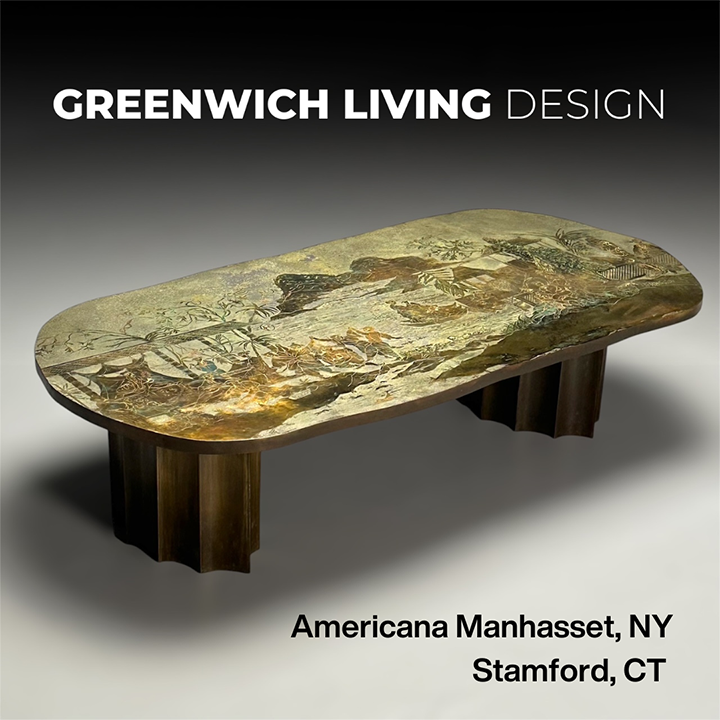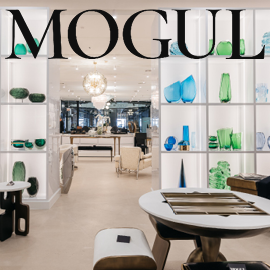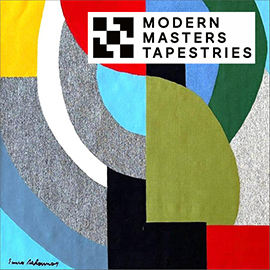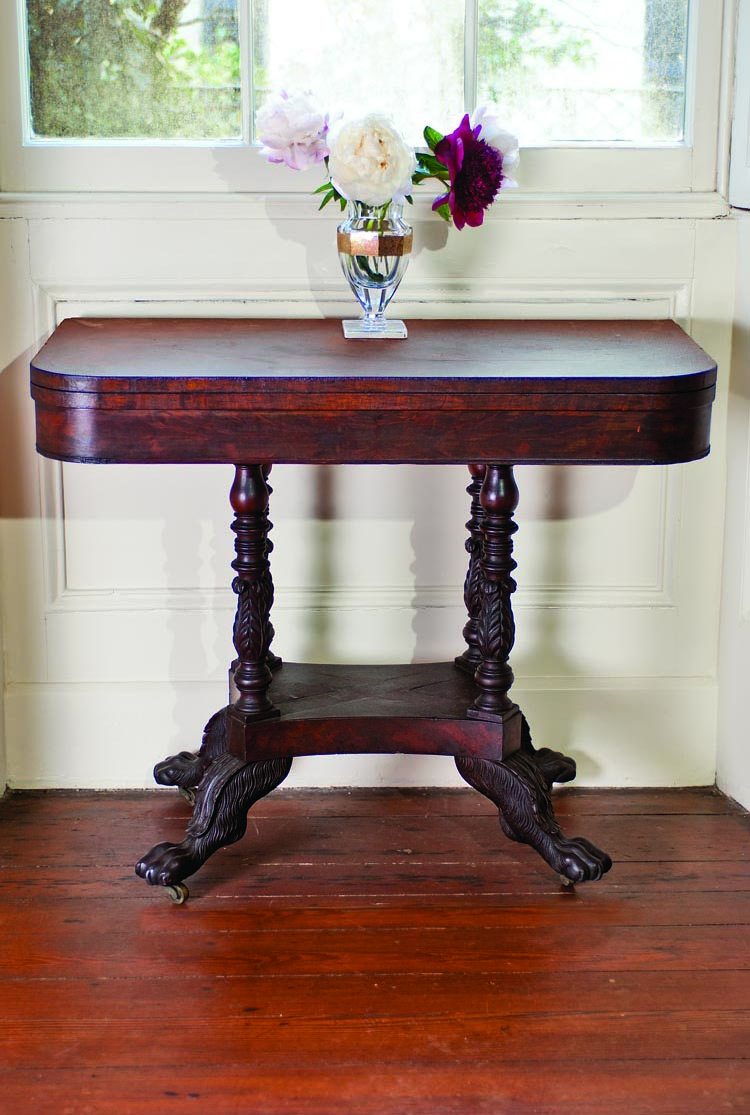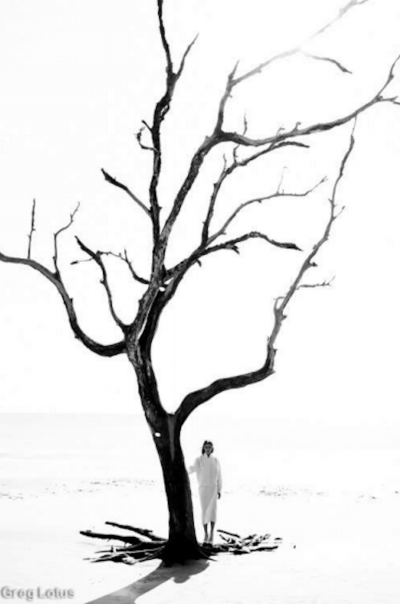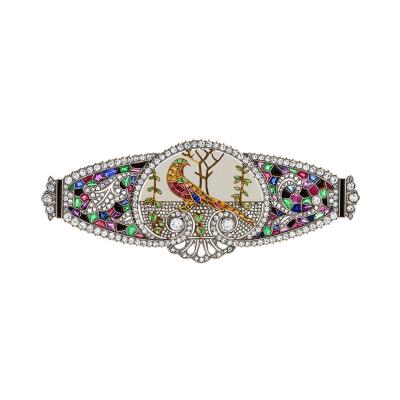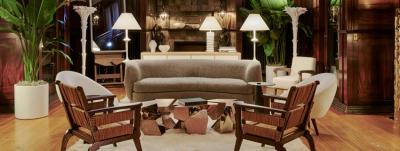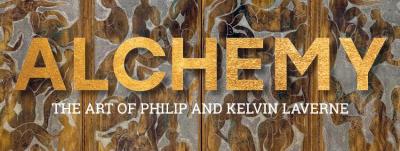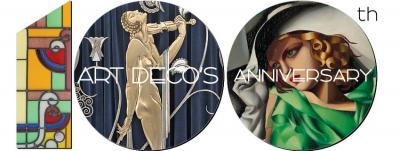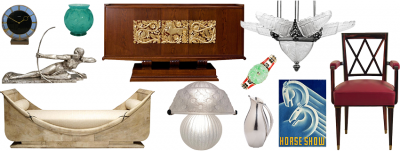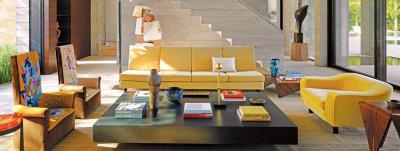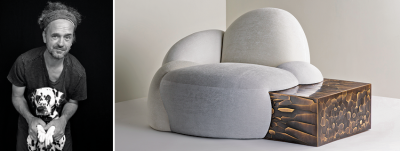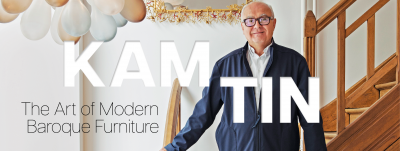A Rare Opportunity For A Residence

- Front elevation of the circa-1843 William Gatewood House, which features design elements of the Greek and classical revivals. “To achieve symmetry on the front elevation, the south side piazza is ‘masked’ by a brick wall—complete with windows—which hides the open bay piazza,” says Winslow Hastie, director of preservation and museums, Historic Charleston Foundation. “This rare treatment,” he adds, “is found on only a small number of residences in Charleston. The grand piano nobile level is marked on the exterior by elaborate marble window architraves with marble panels beneath.” The unified appearance of the façade is due in part to the mortar being tinted to match the brick. Photography by Paul Costello; Image courtesy G.P. Schafer Architect.
All that lot of land...with the three story brick dwelling and extensive outbuildings thereon...the three piazzas are very wide and face to the south and west, commanding a view of Ashley River...built under the superintendence of Col. White, Architect, of the best materials and finished in the neatest style and workmanship...and offer[s] a rare opportunity for a residence...”
— Notice of private sale, The Charleston Courier, January 3, 1863
Advertised as a “rare opportunity” nearly one hundred and fifty years ago, this was exactly what the present owners felt about the circa-1843 William C. Gatewood House, one of a handful of grand Greek Revival houses in Charleston, South Carolina, that has retained its original historic interior without significant modifications. For six years the couple expressed interest in purchasing the residence, but the reluctant owners were not ready to sell. Finally, the husband wrote a letter reassuring the owners that they appreciated the integrity of the house and their intentions were to restore and preserve it. Another two years passed before the couple received a call notifying them that the house could be theirs.
William C. Gatewood was a merchant from Virginia, who apparently wanted to display his wealth to his new Charleston neighbors through the building of a grand home. The architect thought to have overseen and designed the house was Edward Brickell White (1806–1882). Perhaps the most prolific and talented commercial architect in Charleston from the 1820s through the Civil War, his projects included a number of churches and public buildings, including the famous Huguenot Church (1844) and Market Hall (1841). The 1843 Gatewood House was one of the few residential homes in which he was involved;1 the 1838 Robert William Roper House along the Battery may also have been his work.
In addition to its important history, what the couple found so appealing about the house was its intact architectural integrity. Though portions of the original two-story rear kitchen house had been divided into apartments and boarding rooms in the mid-twentieth century, the original interior detailing and essential fabric of the three-and-a-half story main house had been retained. The one glaring challenge was the fact that the house had received very little maintenance through the decades, even after the earthquake that wreaked havoc on much of Charleston in 1886.
The wife, an ardent preservationist, was undaunted. She had already restored several properties and so understood what was involved—if one could ever be said to be fully prepared for such a daunting undertaking.

- The double parlor retains the original 1843 woodwork and plaster elements, as well as the original mantels and triple-hung windows. The integrity of the original material on the main floor is a rare survival and one of the most appealing factors for the owners. Paint analysis provided very little original evidence because of the numerous decorative campaigns through the years. The wooden elements and trim retained some original off-white tones, which have been re-created. The pair of circa-1805–1815 satinwood card tables are attributed to one of the leading cabinet shops of Federal-era Charleston. Other furniture forms from this shop are in the collections of Colonial Williamsburg and the Garvan Collection at Yale. Photography by Rick McKee.

- The front parlor contains some recent acquisitions, including the chandelier, one of a pair; a classical New York box sofa attributed to Duncan Phyfe (1768–1854), with a provenance in the Drayton family of Charleston, and likely originally made for the family; and one of only four known center tables attributed to Deming and Bulkley (active 1820–1850), one of the most prominent New York firms of the classical era. The table was likely retailed through their shop on King Street, Charleston, then the most important supplier of fashionable furniture in the city. All of these objects were purchased from Carswell Rush Berlin. The Charleston linen press descended in a the Seabrook family and features inlaid ovals, bellflowers, stringing, and design elements consistent with locally made furniture. It was purchased from Jim and Harriet Pratt. The classical chairs, circa 1815, were made in New York and are from the J. Welles Henderson estate. Photography by Rick McKee.
Because of their interest in retaining as much of the original material as possible, the couple sought out the kind of architect and contractor who would be sensitive to such issues. Years earlier the wife had taken one of former Charlestonian Tom Savage’s famous study trips abroad (a joint session with Sotheby’s Institute of Art, New York, of which he was then director, and the Institute of Classical Architecture), where she met Gil Schafer, whose Manhattan firm, G.P. Schafer Architect, specializes in working with clients whose homes are period or have an historic feel. When the couple purchased the Gatewood House, the wife knew who to call. Locating a contractor was equally straightforward. Charleston is fortunate in its abundance of preservation-minded citizens, and Richard Marks, of Richard Marks Restoration, Inc., had already worked on a number of historic residences on the same street. The main team assembled, they embarked on a project that would take four years to complete.
The first step the couple took was to temporarily move into the house to familiarize themselves with the layout and determine, with the help of the architect, how they would use the house once the restoration was complete. Some decisions arrived at, they returned home to the Heyward Lynah House, which the husband, an eleventh-generation Charlestonian, had inherited before the couple was married; it was here they remained until the Gatewood House was ready.

- Set between the two window bays in the front parlor is a pair of classical, circa-1820–1825 gilt-stenciled dolphin card tables with provenance in a Charleston family and attributed to the New York firm of Deming and Bulkley (active 1820–1850). The double-argand lamps are in untouched condition and, unlike most examples, are not wired. They are attributed to Messenger & Sons, London and Birmingham, England, circa 1827–1830, and retailed by Baldwin Gardiner (active 1827–1847), New York. The windows retain their original interior shutters. Photography by Rick McKee.
Because the focus was on preserving the interior elements of the primary spaces, the challenge for Richard Marks was to reconstitute and restore the building with minimal disruption to the original material. “We were fortunate that the owners were not in a rush,” says Marks. “They wanted us to study the evidence to ensure that everything was done as properly as possible with a preservation philosophy behind each step.”
The flexibility in the restoration lay with the areas that had been previously altered––the back hallway, a nineteenth-century hyphen between the main front building and the back kitchen house, and the latter structure. Within these areas, architect Gil Schafer created spaces that blended seamlessly with the original historic framework. Working with Marks to recreate staircases that had been removed, Schafer created flow patterns that unified the informal and formal environments, allowing for easy circulation throughout the house, gardens, and piazzas, an important factor since the couple regularly hosts charity events for preservation groups and arts organizations; welcoming upwards of three hundred guests.

- This silver salver is of magnificent proportions and has applied rococo shells within an undulating border. The center is engraved with an ornate cartouche bearing the arms of Branford impaling Savage. Stamped by London silversmith Ebenezer Coker, it is dated to 1765–1766. The salver descended in the Charleston family of William Branford and his wife Elizabeth Savage until purchased by the current owners. Photography by Rick McKee.
The restoration completed, the owners began working on furnishing the house. The wife was already a collector, but primarily of Southern Federal-era furniture, which was generally too small in scale for the formal rooms of the Greek and classical revival interiors of the Gatewood House. She began visiting antiques dealers who specialized in the appropriate material, among them, local dealers Jim and Harriet Pratt (now retired), New York dealers Stuart Feld of Hirschl & Adler and Carswell Rush Berlin, Charles and Rebekah Clark in Woodbury, Connecticut, and Sumpter Priddy in Alexandria, Virginia. In working with these and other knowledgeable sources, she and her husband have focused on acquiring furniture of the classical period from the major style centers of New York, Boston, Philadelphia, and Charleston (of which they have a number of labeled pieces). The cabinet shop in which most of their finer pieces were made was that of the New York firm of Deming & Bulkley (active 1820–1850), which operated a local shop on King Street in Charleston. Only just beginning to fill the capacious rooms, she and her husband will be collecting for a while to come.
In line with the couple’s interest in preservation, they recently purchased the original carriage house that runs along the back of the lot and which had been sold by the previous owners in 1959. This acquisition reunites the original plot of land and the main structures on the site. Asked about their plans for the carriage building, the wife says they intend to convert it to a guesthouse, though given the project they have only just completed, she notes they are in no great hurry.
G. P. Schafer Architect, PLLC
270 Lafayette Street, Suite 1302, New York, NY
tel: 212.965.1355; www.gpschafer.com
Richard Marks Restoration, Inc.
12 Vanderhorst Street, Suite D, Charleston, S.C.
tel: 843.853.0024
1. According to Richard Marks of Richard Marks Restoration, Inc., Charleston, the architectural conservator involved with restoring the property.




